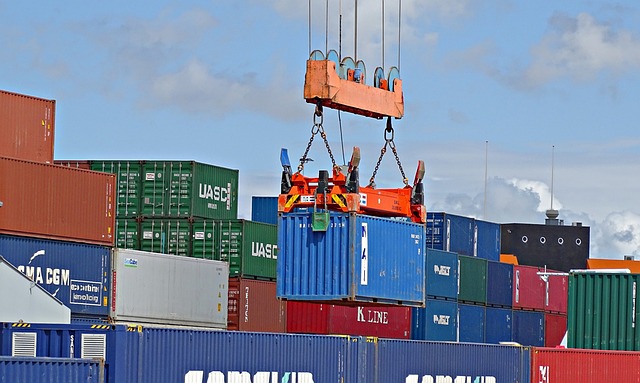-
The Philippines’ trade deficit narrowed 33.3% year-on-year in June to $3.92 billion
-
External trade in goods fell 9.6% in June, the seventh consecutive month of decline
-
Imports sank 15.2%, the fifth straight month of contraction, while exports rose just 0.8%
The Philippines’ trade deficit narrowed 33.3% year-on-year in June to $3.92 billion, according to preliminary data from the Philippine Statistics Authority.
The contraction compares with the 20.1% drop in May and 76.6% widening in June 2022.
External trade in goods declined for the seventh consecutive month in June to $17.32 billion, 9.6% less than $19.17 billion in the same period last year, as imports recorded a double-digit drop.
RELATED READ: PH external trade contracts for sixth consecutive month in May
Imported goods, which made up 61.3% of the total, fell 15.2% to $10.62 billion from $12.52 billion in June last year. This is the fifth month of consecutive drop for imports.
Mineral fuels, lubricants and related materials, the second most imported commodity group in terms of value, decreased the most by $1.14 billion, to $1.53 billion. This was followed by the top imported commodity, electronic products, and iron and steel.
From January to June 2023, imports dropped 8% to $62.90 billion from $68.38 billion in the same period last year.
Exports, continued to improve for the second month in a row, albeit modestly. Exports grew 0.8% to $6.70 billion in June 2023 from $6.64 billion in June 2022.
Posting the higher annual increase were electronic products, the top exported commodity group, with $3.94 billion in June 2023. This was followed by cathodes and sections of cathodes, of refined copper, with $179.55 million; and copper concentrates with $93.64 million.
From January to June 2023, exports amounted to $34.94 billion, a 9.3% y-o-y drop from $38.54 billion in the same period last year.
Electronic products remained the country’s top import and export commodity. It accounted for $2.11 billion or 19.9% of the total import bill and $3.94 billion or 58.8% of the total exports.
By major type of goods, exports of manufactured goods still contributed the largest to the total with $5.49 billion or a share of 81.9%. Imports of raw materials and intermediate goods, meanwhile, continued to make up the largest share of total imports at $3.92 billion or a share of 36.9%.
China remained the country’s biggest supplier of imported goods valued at $2.38 billion or a 22.4% share to the total. It was followed by Indonesia, $1.04 billion (9.8%); Japan, $841.75 million (7.9%); Singapore, $762.33 million (7.2%); and the US, at $696.28 million (6.6%).
In terms of exports, the US comprised the market with the highest export value amounting to $1.12 billion, or a share of 16.7%. It was followed by China with $999.19 million (14.9%); Hong Kong, $957.88 million (14.3%); Japan, $945.52 million (14.1%); and South Korea, $335.08 million (5%).





